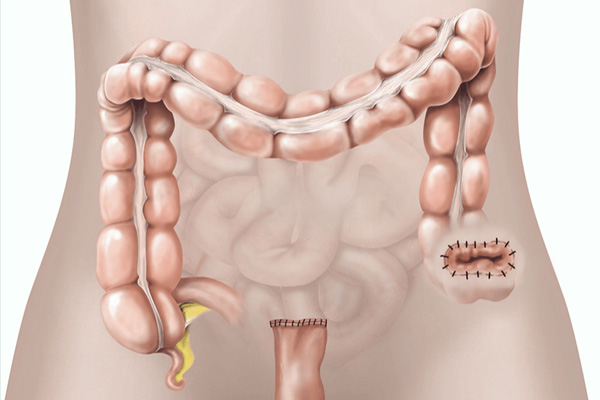Colostomy Reversal
Colostomy is done when there is a need for a fecal matter deviation in the cases of an anatomical or physiologic malfunction of the whole colon or part of the colon. It can be either done permanently or temporarily. If done temporarily as in the case of after rectal cancer to aid the healing process, the normal gut movement needs to be restored and the colostomy bag removed from the patient
